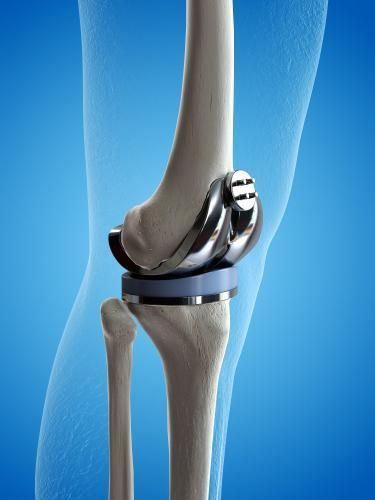Trigger Finger
Trigger finger is a mechanical condition that often causes the finger or thumb to get stuck in a bent position, sudden locking and releasing of the finger or thumb during flexion and extension. Trigger finger can also be known as trigger thumb and stenosing tenosynovitis. The tendons of the finger or thumb become inflamed and can no longer easily slide through their sheath as normal, in some cases a nodule can also form on the tendon. Symptoms can include stiffness when bending the finger or thumb, snapping or popping sensation when moving the digit and pain or soreness at the base of the thumb and palm. The most common digit effected is reported to be the thumb.
The cause of trigger finger is believed to be multi-factorial including exposure to shear forces, biomechanical factors, anatomical difference in the pulley system and performing unfamiliar activities. Most cases are caused by secondary thickening of the flexor pollicus longus tendon, however other joints and the carpal tunnel can also be involved. Other possible contributing causes include diabetes mellitus, carpal tunnel syndrome and repetitive finger movements. Diagnosis is mainly based on presentation and clinical symptoms. Trigger finger can occur in anyone; however, the most common reported population is middle-aged women. It frequently occurs in people in people who have hobbies or jobs that include repetitive motions, strong grasping and gripping such as farmers, musicians and construction workers.
First-line treatment for trigger finger is usually conservative treatment. Conservative treatment includes NSAIDs, splinting, corticosteroid injections and physical therapies. Another treatment option can include surgical intervention. As Exercise Physiologists we can assist with physical rehabilitation by providing an individualised exercise programme, monitoring symptoms and adjusting the exercise rehabilitation programme accordingly. Recommended exercises include passive and active joint range of motion, stretching, digit blocking and tendon gliding exercises. Through exercise we can improve and maintain pain free range of motion, improve strength of the surrounding musculature and assist to prevent the risk of recurrence.

Katie Lintott
Accredited Exercise Physiologist (AEP) (ESSAM)
References
Howitt, S., Wong, J., & Zabukovec, S. (2006). The conservative treatment of Trigger thumb using Graston Techniques and Active Release Techniques. The Journal of the Canadian Chiropractic Association , 50 (4), 249–254.
Vasiliadis AV, Itsiopoulos I. Trigger Finger: An Atraumatic Medical Phenomenon. J Hand Surg Asian Pac Vol. 2017 Jun;22(2):188-193. doi: 10.1142/S021881041750023X. PMID: 28506168.
Ferrara, P. E., Codazza, S., Maccauro, G., Zirio, G., Ferriero, G., & Ronconi, G. (2020). Physical therapies for the conservative treatment of the trigger finger: a narrative review. Orthopedic reviews , 12 (Suppl 1), 8680. https://doi.org/10.4081/or.2020.8680
Trigger Finger. (2020, December 18). Physiopedia, . Retrieved 07:03, January 8, 2021 from https://www.physio-pedia.com/index.php?title=Trigger_Finger&oldid=262566.




